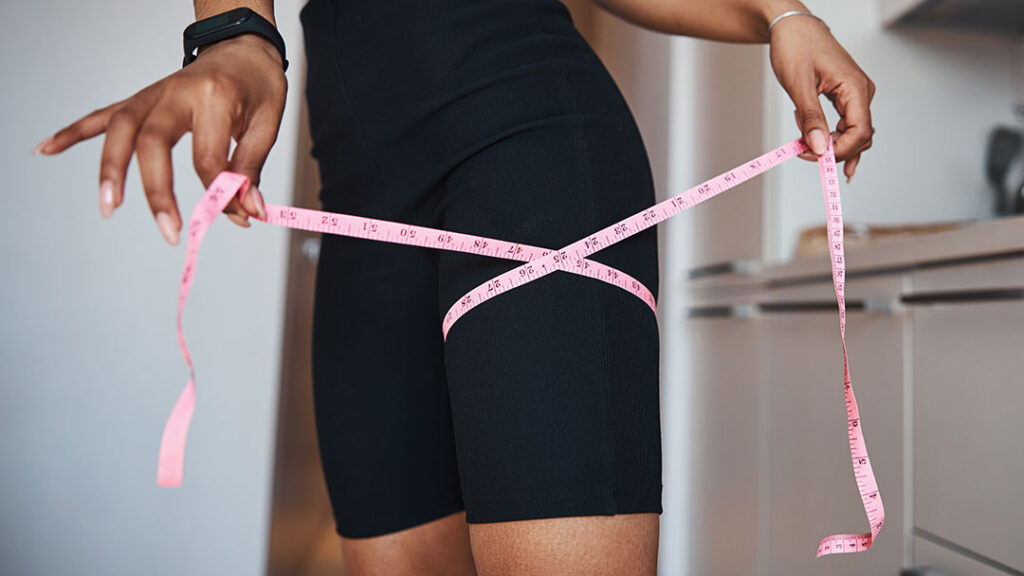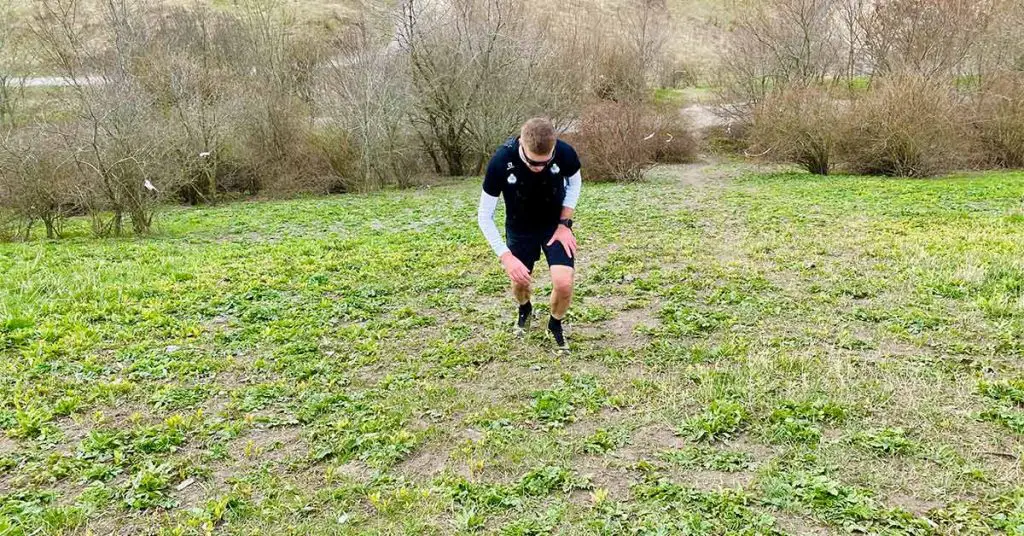Estimated read time: 3 minutes.
If you’re a runner, you might wonder if running can help reduce thigh fat. The answer is yes! Running is an excellent way to tone your legs and eliminate unwanted fat. Keep reading to learn more about how running can help you achieve your desired results.
Does Running Reduce Thigh Fat – The Answer May Surprise You!
Running is a popular method to lose weight, but the million-dollar question is- can running reduce thigh fat? It may surprise you that the answer isn’t yes or no. Some people will lose thigh fat faster when they run regularly than when they use other forms of exercise. In contrast, others may find that strengthening and toning their muscles with lighter exercises like walking or resistance training provides better results.
Incorporating a combination of different activities into your routine might be the best way to lose thigh fat if running alone isn’t successful. Whether running helps you lose thigh fat depends on factors such as height, body type, and diet.
How to Effectively Lose Thigh Fat Through Running
Losing thigh fat through running can be a difficult but effective process. The amount of fat in your inner and outer thighs can vary greatly depending on your body weight and body fat composition. Focusing on a combination of upper body exercises, such as squats and lunges, while incorporating a cardio routine, including running, will give you the best results.
Additionally, monitoring your diet is integral to reducing thigh fat; eating healthier nutritious food choices that keep your body fuelled is key to success. With dedication and consistency, you can effectively reduce thigh fat through running.
Tips for Making Your Running Routine More Effective
Running can effectively reduce thigh fat, but one must develop a routine tailored to their specific needs. To help make your running routine more effective, start by wearing the right clothes and shoes that provide support and wick away sweat while still allowing you to move freely.
Aim to run on flat surfaces like sidewalks or paths; this will minimize strain on your knees and joints, which can lead to faster fat loss. Additionally, mix up your intensity from time to time: vary between sprints at high speeds and longer runs at a moderate pace for maximum effectiveness.
Finally, add stretching exercises to your routine before and after running to increase flexibility and reduce soreness. With proper planning and dedication, you’ll have well-fitted clothes, fat-burning strides, and easy muscle movements – all leading toward achieving your goals!
Why Do Some People Find It Harder to Lose Thigh Fat Than Others?
For some individuals, losing thigh fat can prove more difficult than in other areas of their bodies. This phenomenon is caused by various factors such as genetics, age, health condition, and type of exercise. In particular, running may not necessarily reduce thigh fat.
Scientists have conducted studies to explore why this is the case, indicating that the ratio of type I muscle fiber to type II muscle fiber around the thigh can vary between individuals; those with a higher ratio of type II fibers may find it harder to lose thigh fat through running and certain other types of exercise. Read about muscle fiber-type distribution here.
Ultimately, every individual’s genetic and physiological makeup differs, so finding an exercise regimen that works best for you is key to achieving your fitness goals.
The Bottom Line
The bottom line is – running can indeed reduce thigh fat; however, like with any fitness plan, results depend on how consistent you are with your regimen. Consistency and dedication to a running program are key to achieving the desired results.
The other factor to consider is knowing which types of running will give you the best results for your fitness goals. High-intensity exercises targeting larger muscle groups, such as sprints and long-distance jogging, may be more beneficial as they increase calorie expenditure immediately and help create a greater caloric deficit per workout.
Strength training also helps build muscles in your thighs, which can improve the overall appearance of leg tissue over time. With these tips in mind, you should be well-informed and ready to start running smarter and achieve effective results!
- How Many Laps Around a Track is a 5K: Your Guide - October 22, 2023
- When is Track and Field Season? - October 22, 2023
- Understanding the Length: How Long Is a Running Track? - October 22, 2023




